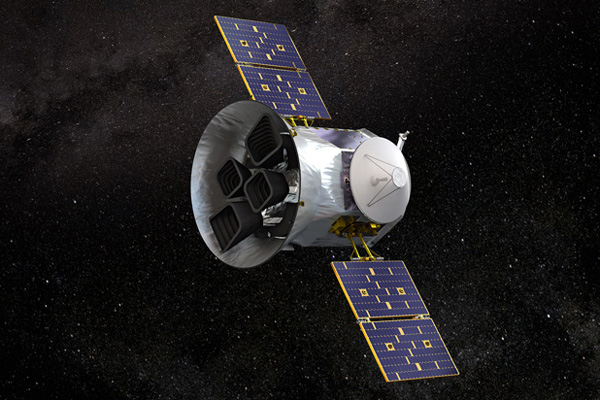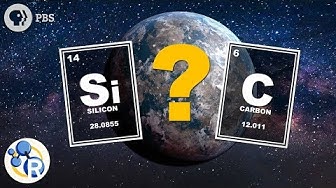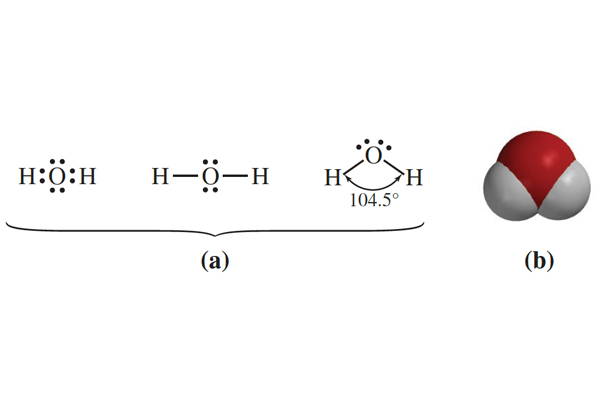Presented by Samuel Paul Kounaves
Abstract
The discovery of extraterrestrial life would be an extraordinary event, with far-reaching consequences. But how do we identify habitable environments and how do we detect extinct or extant life? The identification of chemical systems and biosignatures that unambiguously distinguish habitable environments and biotic residues of past or present life is one of the most challenging aspects of understanding and exploring our universe. Although organic compounds have been detected throughout interstellar space and the solar system, and has been estimated that 108 g/yr of organic carbon falls to the surface of Mars, the first mission to its surface found no organic compounds and thus Mars was subsequently declared lifeless and uninhabitable. Thirty-five years later the Phoenix Mars lander performed the first wet chemical analysis of the Martian soil. The results not only explained the inability to detect organic compounds and impact our understanding of oxychlorine chemistry on Mars, Earth, our moon, and elsewhere in the solar system, but has also had major implications for life on Mars. In collaboration with NASA, our research is currently focused on a double pronged approach to life detection on Mars and the icy-worlds of Europa and Enceladus. We are developing techniques to reliably determine habitability by directly measuring pH, conductivity, redox potential, and soluble ionic species, and also unequivocally detect life via biomarkers comprised of amino acid and lipid patterns.






